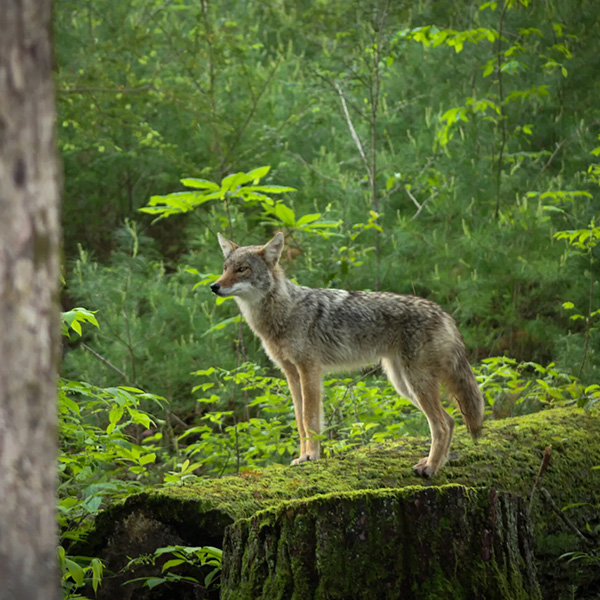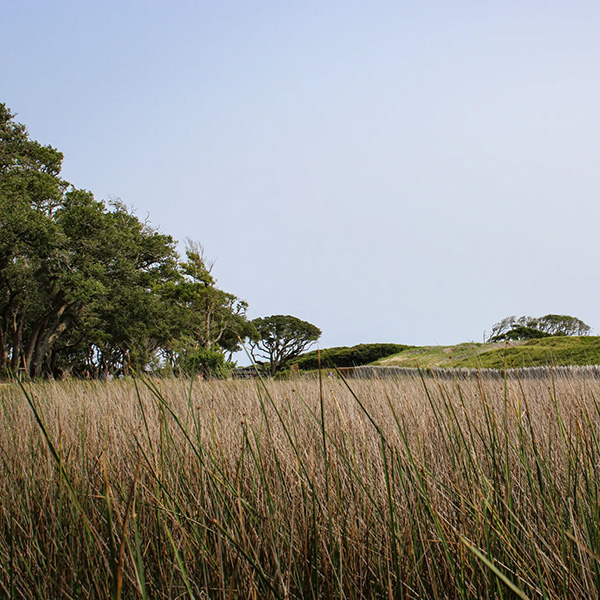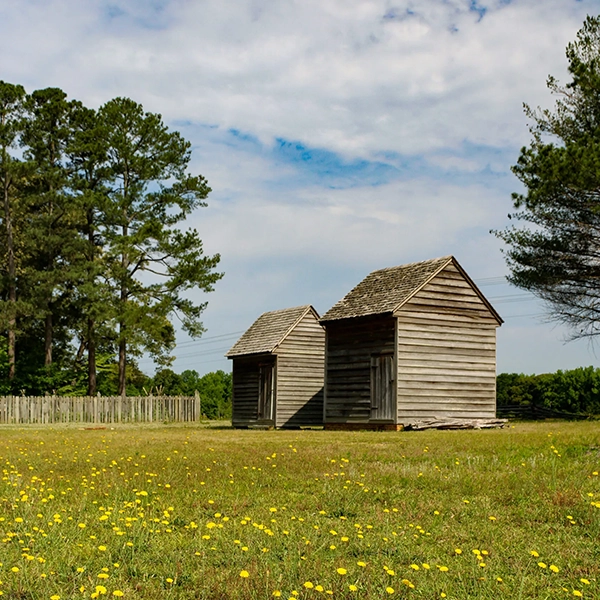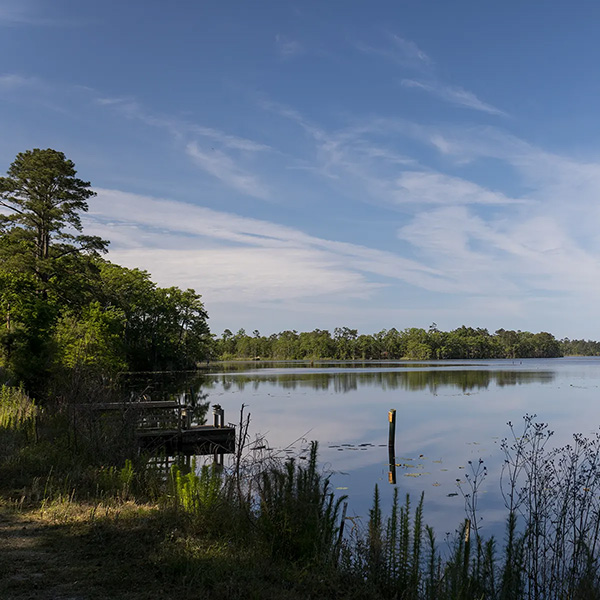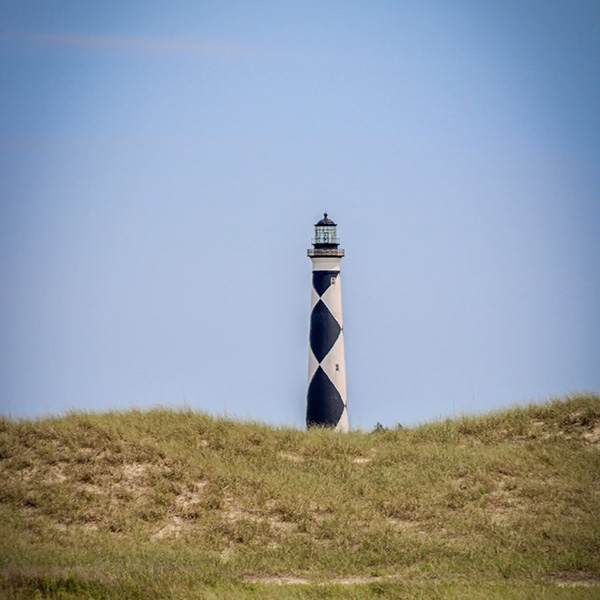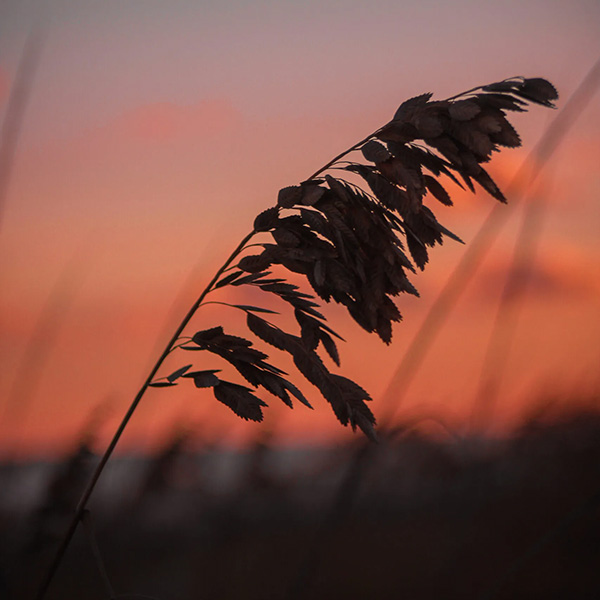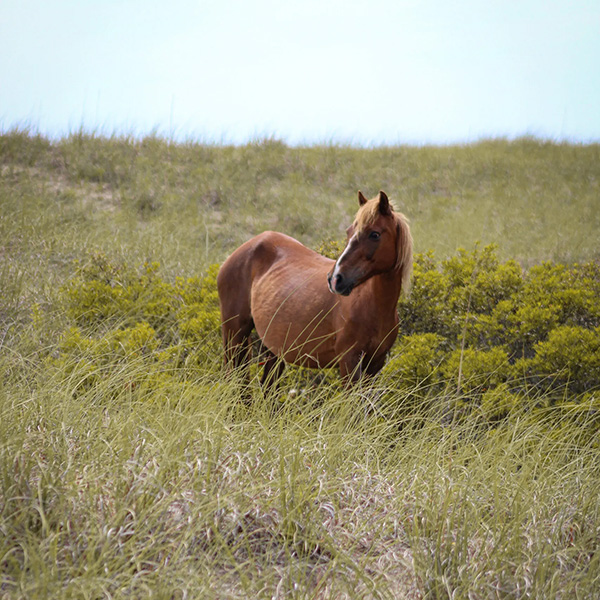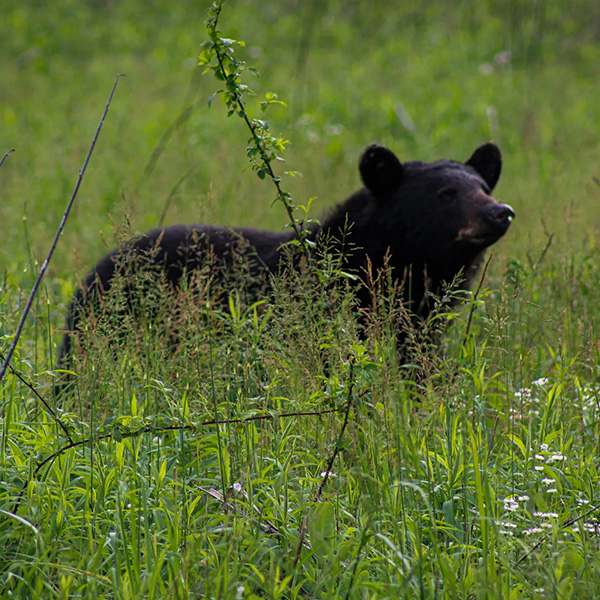
On our recent trip to Harkers Island, we stopped by the Core Sound Waterfowl Museum & Heritage Center. That was a big moment for me. I’ve got deep roots in Carteret County—especially on the island—so walking through those exhibits filled with familiar names and distant cousins felt like flipping through a family scrapbook.
What I didn’t expect was to be so drawn in by the decoys.
I’ve always known about carved decoys in the context of hunting, but I hadn’t really stopped to appreciate them as art. Standing there, looking at rows of hand-carved birds, it hit me: these aren’t just tools. They’re folk art, shaped by calloused hands, sharp knives, and an intimate knowledge of the islands.
But how did generations of Harkers Islanders become folk artists?
Out of necessity.
The island, surrounded by the shallow waters of Core Sound and Back Sound, has always been a haven for waterfowl hunters. In the early days, if you wanted to eat, you had to hunt. And if you wanted to hunt, you needed decoys that could hold up to salt spray, cold, and time. So folks made their own—usually from cedar or pine, using whatever they had: hatchets, drawknives, even pocketknives. The early birds weren’t fancy. They were built to work, to float right, and to trick a duck.
But even back then, there was something more going on. These were working folks—boatbuilders, fishermen—people who understood the water and the birds. They paid attention to how a brant tucked its head when resting or how a canvasback rode the waves. And they carved what they saw. Clean lines, no frills—just the right shape to get the job done, and somehow, that simplicity became beautiful.
By the late 1800s and early 1900s, decoy carving was woven deep into the community. Families like the Guthries, Willises, and Davises passed it down through generations. James Guthrie’s low-riding decoys were perfect for the Core Sound shallows, and his son Ned took that foundation and refined it even more. This wasn’t solitary work, either. Neighbors gathered in sheds and backyards, trading tools, stories, and techniques. It was art, sure—but it was also kinship.
Eventually, word got out. Wealthy hunters from up north started making their way to the Outer Banks, drawn by the rugged beauty and the incredible waterfowl hunting. And they noticed the decoys—started buying them, even ordering custom pieces. Something that started as survival had become collectible.
Then came change. Mass-produced decoys made of cork and plastic hit the market. Hunting laws got tighter. The demand for hand-carved birds dropped, and a lot of folks put their knives down.
But the tradition didn’t vanish.

In the ’70s and ’80s, as interest in American folk art started picking up, people began to see these old decoys for what they really were: sculptures. Pieces of living history. A new generation of carvers stepped up—folks like Walter “Buddie” Davis and the Willis brothers, Vernon and Eldon. Some still made working decoys. Others carved for collectors. But every piece still carried the soul of the island.
When the Core Sound Waterfowl Museum & Heritage Center opened in 1992, it became the heartbeat of that revival. A place where people could come to learn, to remember, and to keep the tradition going. Every December, the Core Sound Decoy Festival draws thousands of folks to the island. You’ll find carvers at work, storytellers in every corner, and the kind of community that still gathers to swap tales—only now, it’s just as much about art as it is about ducks.
Every decoy tells a story. Some are worn and weathered, with chipped paint and salt stains that speak of real-time in the marsh. Others are finely carved and painted with delicate brushstrokes, destined for mantels, not blinds. But they all speak to the same thing: a deep love for the birds, for the water, and for the hands that carved them.
That love came home with us, too. While we were there, Bug bought her daddy a hand-carved decoy for Father’s Day. It was expensive—but worth every penny. The kind of gift that means something. That bird is the first of what I hope will become a beautiful little collection. One decoy. One story. One piece of home at a time.
Today, the decoy tradition lives on, thanks to the Core Sound Decoy Carvers Guild and the artists who keep reaching for the knife.
Which feels just right. Because on Harkers Island, carving isn’t just a craft.
It’s a legacy.
And every decoy is a piece of art that floats.







